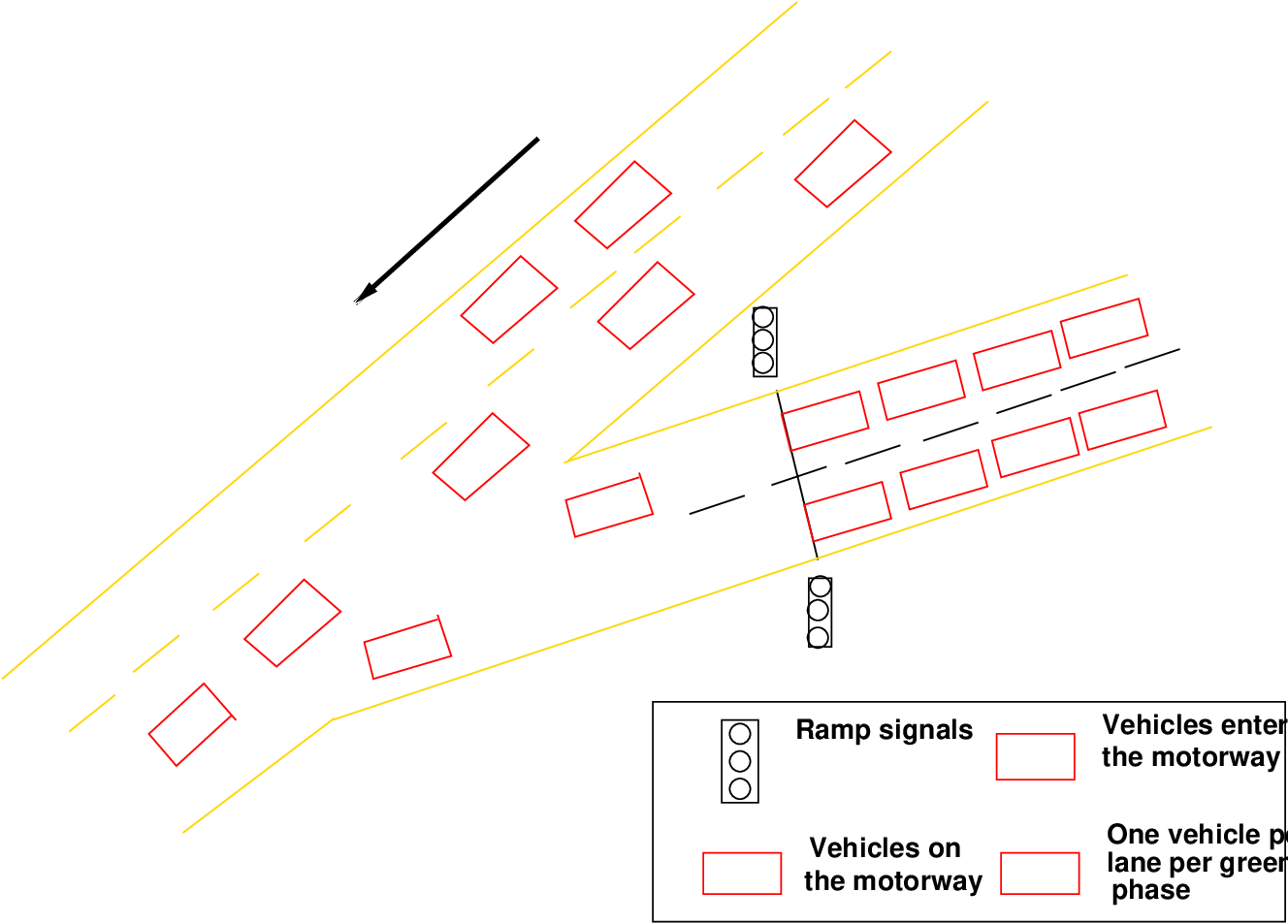
Some new features in the ITS sector are covered in this section. The first basic concept in any ITS implementation is SMART CAR. It is the car with all modern features. The SMART CAR has to be complimented by a SMART ROAD. The developments in the ITS field started with the infrastructure to infrastructure communications. They formed the basis of further development of ITS. Then the I2I communications were upgraded with the vehicle to infrastructure communications. They are called V2I communications. The latest development is the vehicle to vehicle communications, i.e. V2V communications.
As mentioned earlier the car is equipped with all the new electronic gadgets. It helps the user to use service efficiently. Some of the features of SMART CAR are:
A smart car must be able to sense, analyze, predict and react to the road environment, which is the key feature of smart cars. The car works with a central component that monitors the roadway and the driver. It also evaluates of the potential safety benefits. It addresses navigation, obstacle avoidance and platooning problems. The car aims at expanding the time horizon for acquiring safety relevant information and improving precision, reliability and quality of driving. There are some preventive safety technologies and in-vehicle systems, which sense the potential danger. The Adaptive Integrated Driver-vehicle Interface (AIDE) project tries to maximize the efficiency and safety of advanced driver assistance systems, while minimizing the workload and distraction imposed by in-vehicle information systems. Almost 95% of the accidents are due to human factors and in almost three-quarters of the cases human behaviour is solely to blame. Smart cars present promising potentials to assist drivers in improving their situational awareness and reducing errors. With cameras monitoring the driver’s gaze and activity, smart cars attempt to keep the driver’s attention on the road ahead. Physiological sensors can detect whether the driver is in good condition. The actuators will execute specified control on the car without the driver’s commands. The smart car will adopt active measures such as stopping the car in case that the driver is unable to act properly, or applying passive protection to reduce possible harm in abrupt accidents, for example, popping up airbags.
As mentioned earlier SMART CAR alone cannot operate in a system. Thus along with the SMART CAR, the infrastructure should also be improved. The infrastructure also should be well prepared for taking care of smart car. The road equipment will communicate with the vehicle and provide real time assistance to the user. Provision of Smart road along with Smart car will complete the Smart features of any facility. It may be possible that the highway forms a high density platoon of vehicles moving bumper to bumper and this platoon will move at a speed of 70 kmph or so. That road will be equipped with some sensors may be along the pavements and the decisions are left to the central unit. The road itself will show some messages which can be easily read.
This type of communication is a initial stage in formation of present ITS system. Communication takes place between infrastructures. Evolution of I2I services led to more advanced vehicle communications. They are the easy means of communications. But handling them on a large is an area of concern. Fig. 1 and 2 show the I2I communications in case of ramp metering.
These involve advanced vehicle to infrastructure interface. The communication takes place between a vehicular device and a infrastructure equipment. It is an improvement over I2I services. Large communication is possible with this type of communication. Some examples of V2I communication are:
Each vehicle communicates with other vehicles and assess the required data. It is the most advanced technique implemented in ITS. It requires very less communication with the center or infrastructure. All vehicles will communicate with each other and decisions will be made by the vehicle device only. For ex, the ramp meter will work all by itself and no infrastructure device will be required. Some real time services cannot be provided by infrastructure. In these cases such type of communication will be helpful. Fig. 3 shows the collision warning principle. Some examples are:
This chapter briefly covers some pointers to future directions of ITS developments. This include smart cars and smart road and a communication system between them resulting in complete automation of the traffic system.
I wish to thank several of my students and staff of NPTEL for their contribution in this lecture. Specially, I wish to thank my student Mr. Piyush Changde for his assistance in developing the lecture note, and my staff Ms. Reeba in typesetting the materials. I also appreciate your constructive feedback which may be sent to tvm@civil.iitb.ac.in
Prof. Tom V. Mathew
Department of Civil Engineering
Indian Institute of Technology Bombay, India
_________________________________________________________________________
Thursday 28 September 2023 11:41:24 AM IST